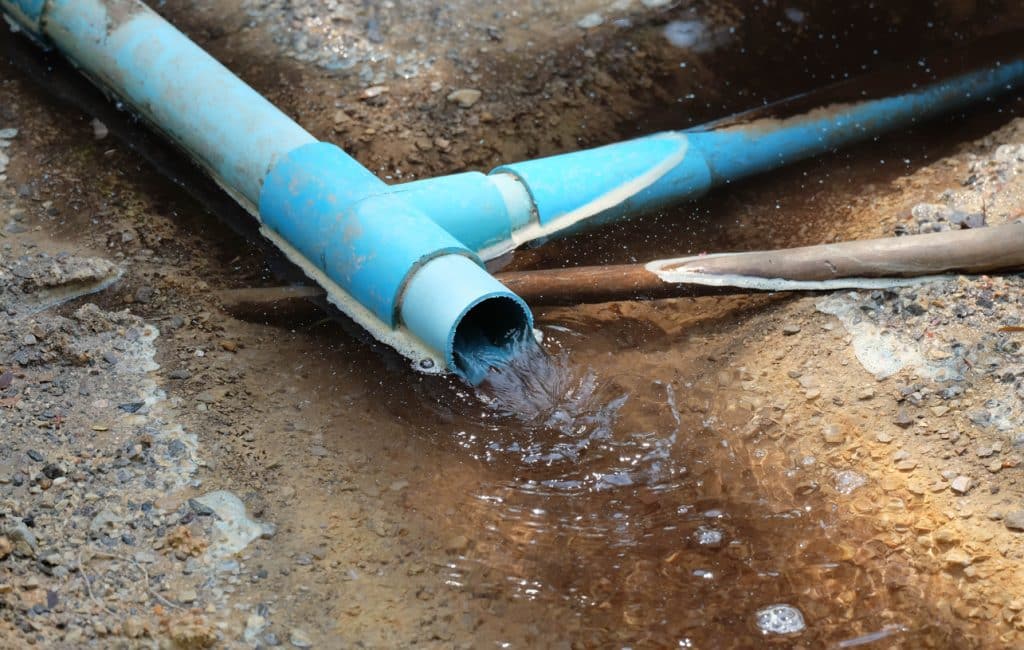Homeowners commonly overlook or even disregard sewer systems. However, we encourage our customers to learn more about them. By learning more about sewers and how they function, it will empower you to handle any issues with confidence.
1. There Are Three Types, and Not All of Them Are Odorous
Most people believe one sewer line carries waste and wastewater out of the house. That’s the foul or sanitary sewer, and the waste ends up in wastewater treatment plants. However, there are two more sewer line types. Storm or surface sewers carry rain, storm, and floodwater from the streets and the roof to rivers and streams. Combined sewers carry waste and street water to wastewater treatment works.
Of the three sewer lines, storm sewers don’t smell. Combined sewers do smell, but they’re not as odorous as foul sewer lines. That negates the stereotype that all sewers are odorous.
2. Sewers Are Centuries Old
Three distinct time periods take credit for the sewer system. The Babylonians used the blueprint from the water hydraulic system to build a waste version in 4000 B.C. They used water to flush the waste down. The second period that gets credit for this is Indo Valley (now Pakistan) in 3000 B.C. Mohenjo-Daro, a city in Indo Valley, built the first buildings with a sewage system attached. People would use latrines to collect waste and flush it into the system using water. The system pushed the waste into the Indo River or sump.
The Romans in 600 B.C. also take credit for the sewer system. The Romans built the Cloaca Maxima system (meaning Great Sewer) to remove marsh from the area. As the centuries progressed, the Romans expanded the sewer system to other areas until it covered the entire city. Its purpose expanded to marsh, stormwater, and company waste removal. It was underground to hide the smell of waste.
3. You Must Unclog, Fix, and Replace the Lateral Pipe Yourself
A home sewer line is a lateral pipe that leads waste into the street pipe. It also distinguishes the home line from the street line because the pipe runs perpendicular to the street. The street line runs parallel to the street. The street line is the city’s responsibility. They’ll send out a professional to fix it because it’s on public property, and those pipes affect the neighborhood.
Meanwhile, the lateral pipe is your responsibility. The pipe is on private property, and it only affects your household. However, never perform DIY methods on your sewer line. Hire a skilled plumber to unclog, repair, or replace it.
We hope these surprising sewer line facts will encourage you to research more about them. It may help you diagnose issues your sewer line is facing. Select Plumbing can provide more information on plumbing services in Lincoln, NE, so give us a call today.



